Thanks to biological monitoring and community outreach, the once-nearly-extinct bruins are again ambling through the mountains.
This article was originally published by Reasons to be Cheerful and has been reproduced here with permission.
Leading the way through a shaded canopy of conifer trees, Adrien Dérousseau arrives at a cluster of branches with a tuft of brown fur caught in it. The bearded Frenchman then gestures for his followers – a class of elementary school kids – to gather around.
“Does anybody know what this is?” asks Dérousseau, surveying the rowdy group of pupils – partially distracted by creepy-crawlies around them – who have come on an outing to the French Pyrenees mountain range from the nearby city of Toulouse.
After a hushed pause, one little boy wearing a red cap coyly raises his hand.
“Is it hair?”
“Not quite,” replies Dérousseau. “It’s bear fur. Bears like to rub themselves on trees.”
The school kids then erupt into a frenzy of gasps and giggles.
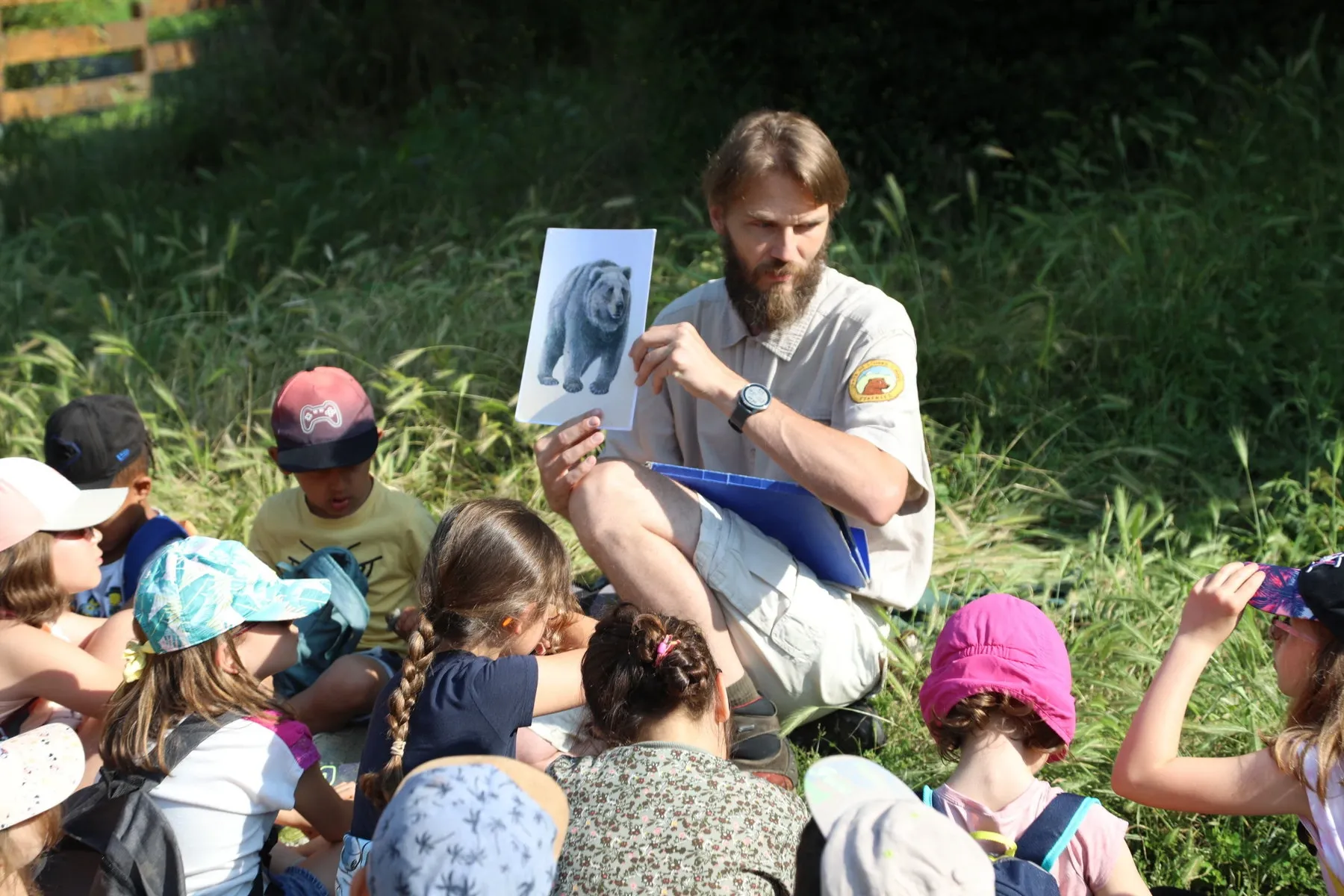
Dérousseau, a mountain guide for the local nonprofit Pays de l’Ours (French for “Bear Country”) is part of a multi-pronged effort spanning biological monitoring, political campaigning, infrastructure investment and community outreach that has successfully reintroduced the once-nearly-extinct brown bear back into the Pyrenees.
At the beginning of the 20th century, around a hundred brown bears were living in the mountains of the French Pyrenees. They had long been a symbol of the region, representing strength and power and featuring on the insignias of local villages.
But over the years, the population was decimated by hunting and habitat destruction, pushing them to the brink of extinction. Early efforts, including a ban on hunting in 1972 and the addition of legal protections through the Bern Convention in 1976, had little effect. By 1991, the last bear in the Central Pyrenees died, and four years later there were only five bears left across the whole mountain range, including only one female.
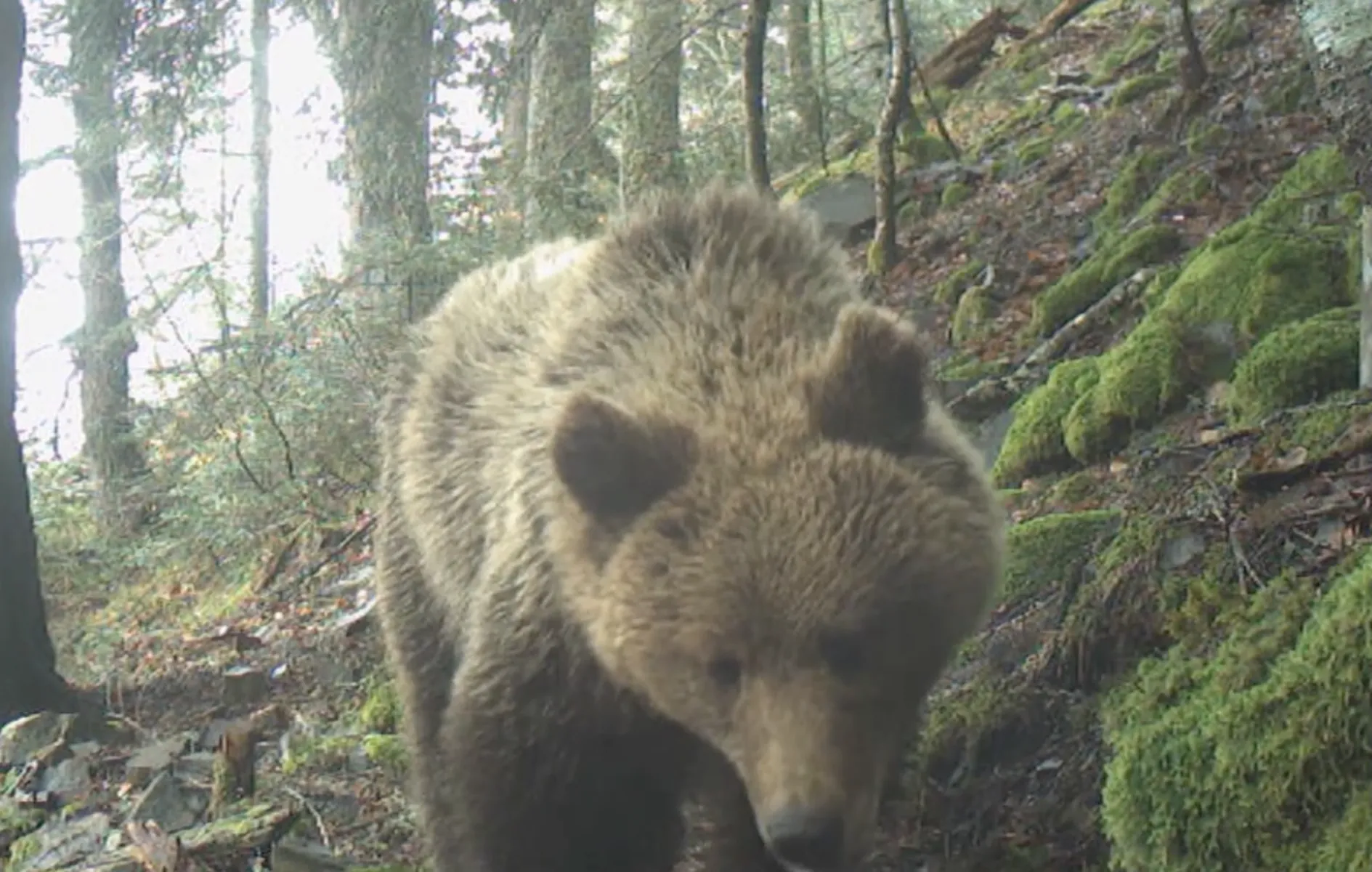
That’s when the French government took emergency action. It began to reintroduce bears brought in from Slovenia, in eastern Europe, where a healthy population of the same species was thriving in similar conditions to those in the French mountains.
In 1996, two females – named Ziva and Mellba – were transported to the town of Melles. They would be joined by several others over the next few years.
At the same time, authorities poured funds into a network of mountain wardens and facilities, building cabins, training sheepdogs and creating electrified structures to protect herds of sheep at night from being attacked by their furry new neighbours.
Crucially, organizations like Pays de l’Ours have fought to raise awareness among local populations about the value and importance of the bears. This grizzly business, conservationists argue, is the major challenge facing species reintroduction.
“We’ve reached a tipping point where we have sufficient scientific knowledge of how to reintroduce species,” says Neil Carter, associate professor of wildlife conservation at the University of Michigan. “But the social and political aspects are the other side of the coin. The biggest risk emerges from these animals coming into conflict with people and pets. It’s probably the number one issue facing conservation.”
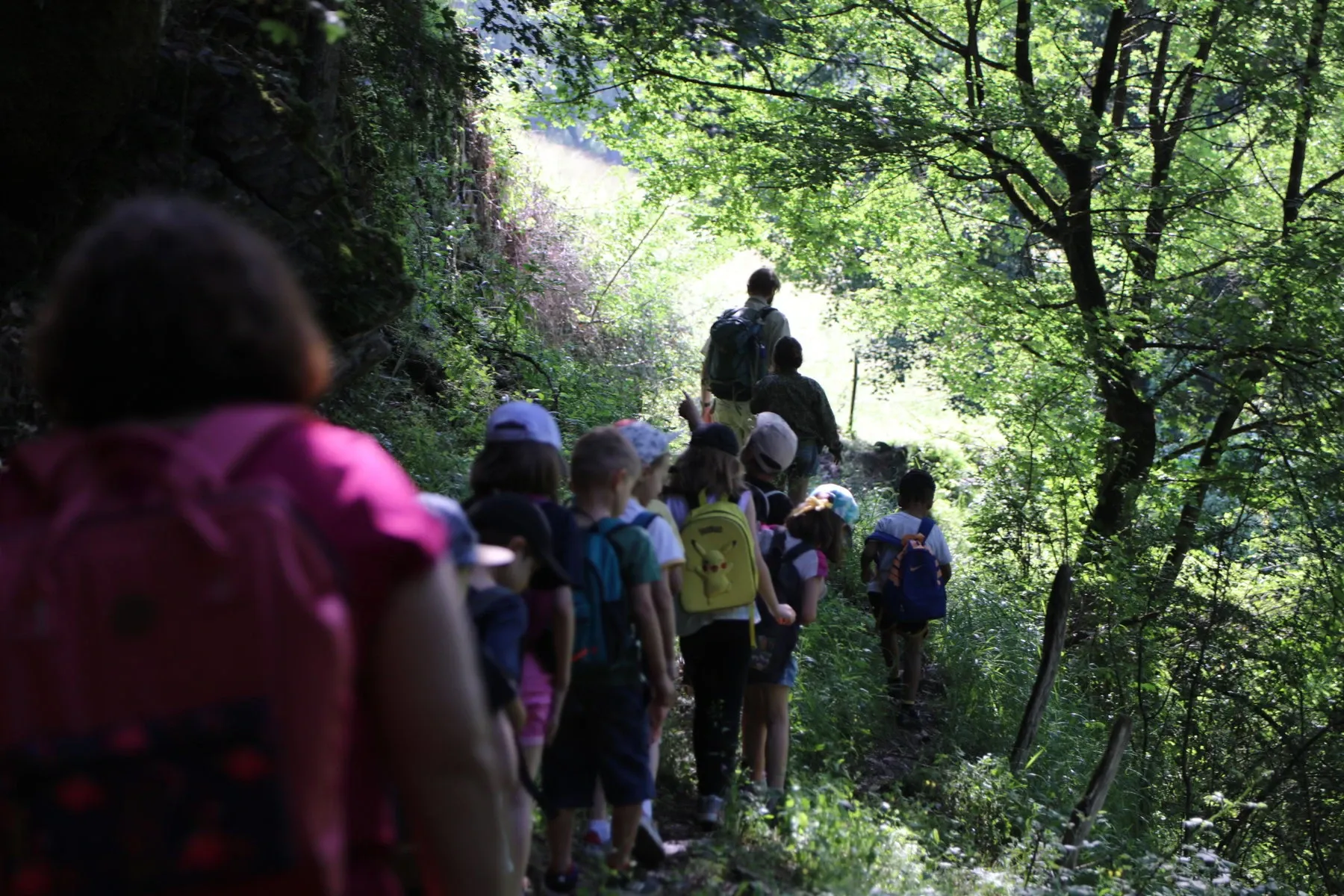
Species reintroduction is seen by conservationists as key to tackling the world’s crisis of biodiversity. Since 1970, the size of animal populations has declined by 69 percent on average, according to the Living Planet Index, a project run by the Zoological Society of London and World Wildlife Fund. Meanwhile, the IUCN Red List, the world’s leading biodiversity monitor, assesses that more than 42,100 species are threatened with extinction. Yet one study from 2020 found that conservation work has already saved 48 species of birds and mammals from extinction, including the Iberian lynx.
The first-ever reintroduction of a species in the world was the capercaillie bird, a huge woodland grouse, from Sweden to Scotland in 1837. More recently, the return of wolves to Yellowstone National Park in 1995 is one of the most iconic examples of species reintroduction. But efforts have taken off across the world: from Tasmanian devils in Australia, to Przewalski’s horses in China and wild bison in the UK.
“How many animals do we want? Because if it is not manageable, it can erode support for conservation. If people’s livelihoods are impacted, the whole thing can start to crumble apart.”
But for Carter, who previously studied the reintroduction of Bengal tigers in Nepal, the main point of contention when it comes to species reintroduction is no longer a question of ecology, but one of manageable co-existence.
“These are more normative, ethical questions,” he says. “How many animals do we want? Because if it is not manageable, it can erode support for conservation. If people’s livelihoods are impacted, the whole thing can start to crumble apart.”
In the case of France’s brown bear reintroduction, the early focus on community involvement has helped stave off most conflict – even if issues do remain. And in terms of pure numbers, the reintroduction has proven a startling success.
Since the efforts began, the brown bear population has increased by 11 percent a year on average. According to the Office Français de la Biodiversité, a government body responsible for wildlife and the environment, there are now 76 bears spread across some 5,700 square kilometres of mountain range – the highest number for a century.
Video of the bear Sorita and her two cubs in Vallée d'Ossau on August 16, 2023.
Monitoring is carried out by a “Brown Bear” team composed of 15 agents and 450 local observers, half of whom are volunteers, who record the presence of the animals through tracking, observations and fur, but also camera traps on about 60 routes.
They exchange this information with Spanish counterparts, because the bears move over several thousand square kilometres in France, Spain and the nearby principality of Andorra. The EU-backed Franco-Spanish LoupO project was established in 2020 to coordinate additional monitoring of brown bears and wolves in the Pyrenees.
There have, however, been teething problems, with some local farmers vehemently opposed to the bears. Organizers of a cultural festival this past summer, which used the image of a bear on its posters, even decided to cancel the event after they received threats. Shepherds complain that the bears regularly picnic on their flocks of sheep.
The developments in the French Pyrenees show that no reintroduction goes entirely smoothly. But lessons have been learned. Despite recognizing the value of the species, Alan Dubois, the mayor of Melles, admits a balance must be struck going forward.
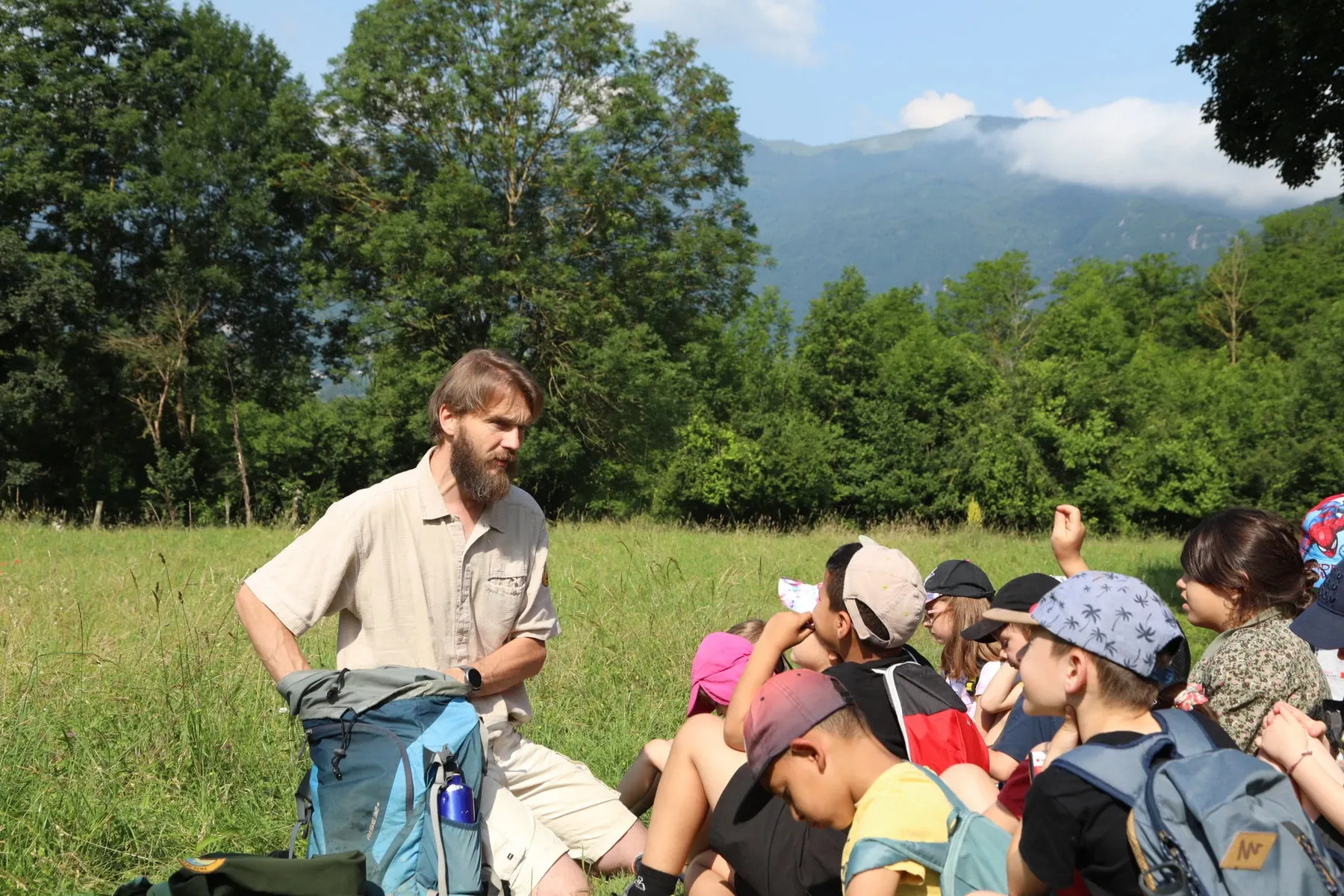
“The brown bears are something exceptional to have,” he says. “But we still need to work out how to live together with them. All actors – pro and anti – must be honest. If there is a dangerous bear, we must agree on how to safely deal with it.”
Carter has proposed federal policy that promotes coexistence between people and carnivores like bears and wolves while also recognizing local priorities. Nonlethal deterrence methods – such as correctly disposing of trash, keeping house pets inside, building barriers to protect livestock and working with guard animals – can lower conflicts, increase social tolerance and foster “self-sustaining” populations, he says.
For example, the city of Durango in Colorado has supplied its residents with automatically locking bear-resistant trash containers, which prevent bears from damaging property or scaring residents while looking for food in them. A study found these new containers reduced trash-related conflicts with bears by 60 percent.
Yet if a reintroduction is to be successful, authorities must be seen as “legitimate and responsible” and they must go in early to a community to help them to “adapt to these new encounters,” according to Carter. The communities may also deserve compensation for their role in adapting to the new dynamic, he adds, such as for ranchers who suffered livestock losses following the reintroduction of wolves.
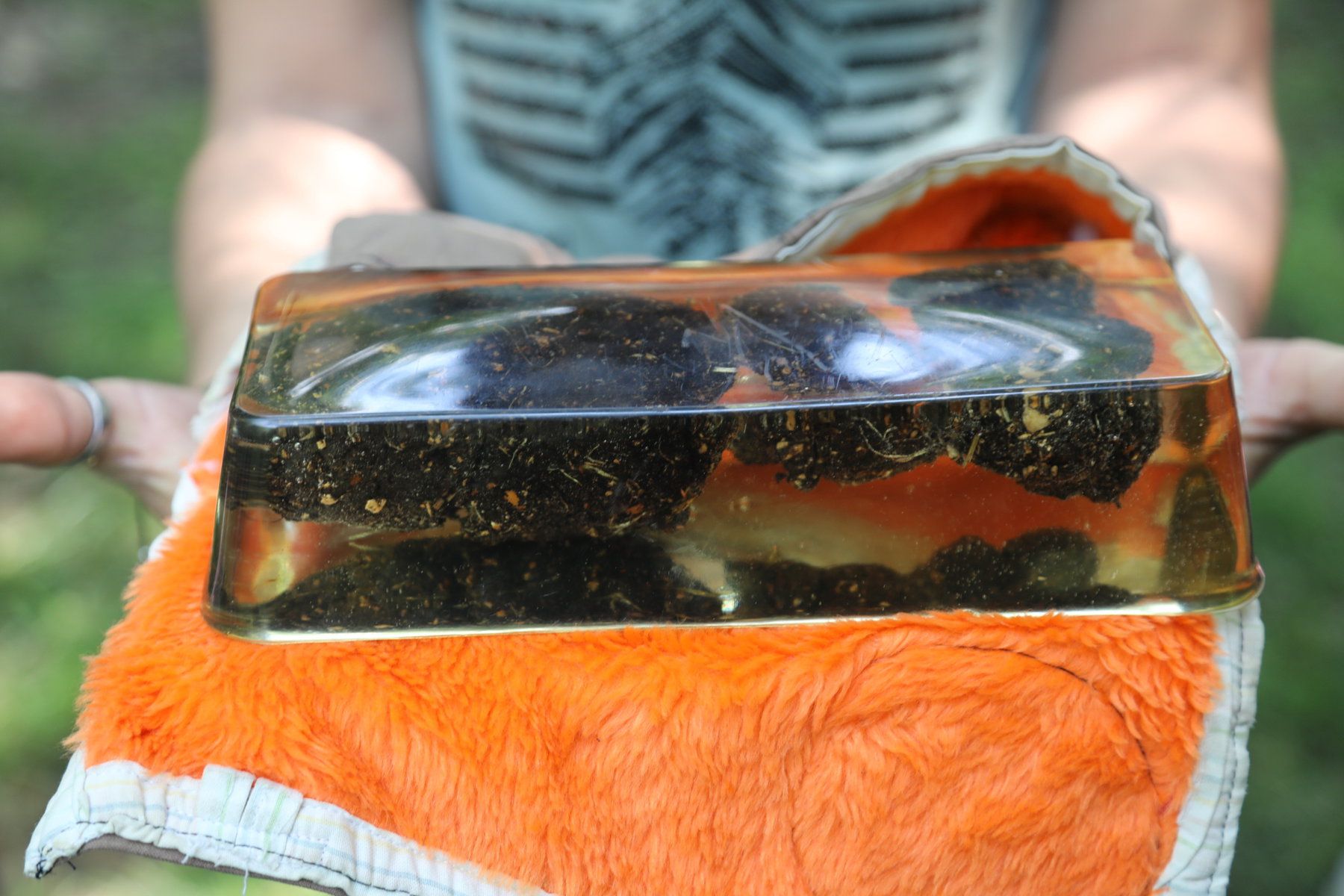
Back in the verdant hills of southwest France, the work continues to help smooth the path to co-existence. Dérousseau is bringing out all his bear-related cultural references, from King Kong to Kung Fu Panda and Jungle Book, for the kids. Then, for his pièce de resistance, he pulls out a giant bear poop preserved in a block of silica.
After passing it around and marvelling at the wonder, the kids eventually settle down, and Dérousseau takes on a more serious tone.
“People have the right to be opposed,” he says. “There’s no subject anyone ever agrees on. But this is a land of bears. It’s an emblematic animal. And we must learn to live with them, we must learn to adapt to them.”
Main photo: Peter Yeung


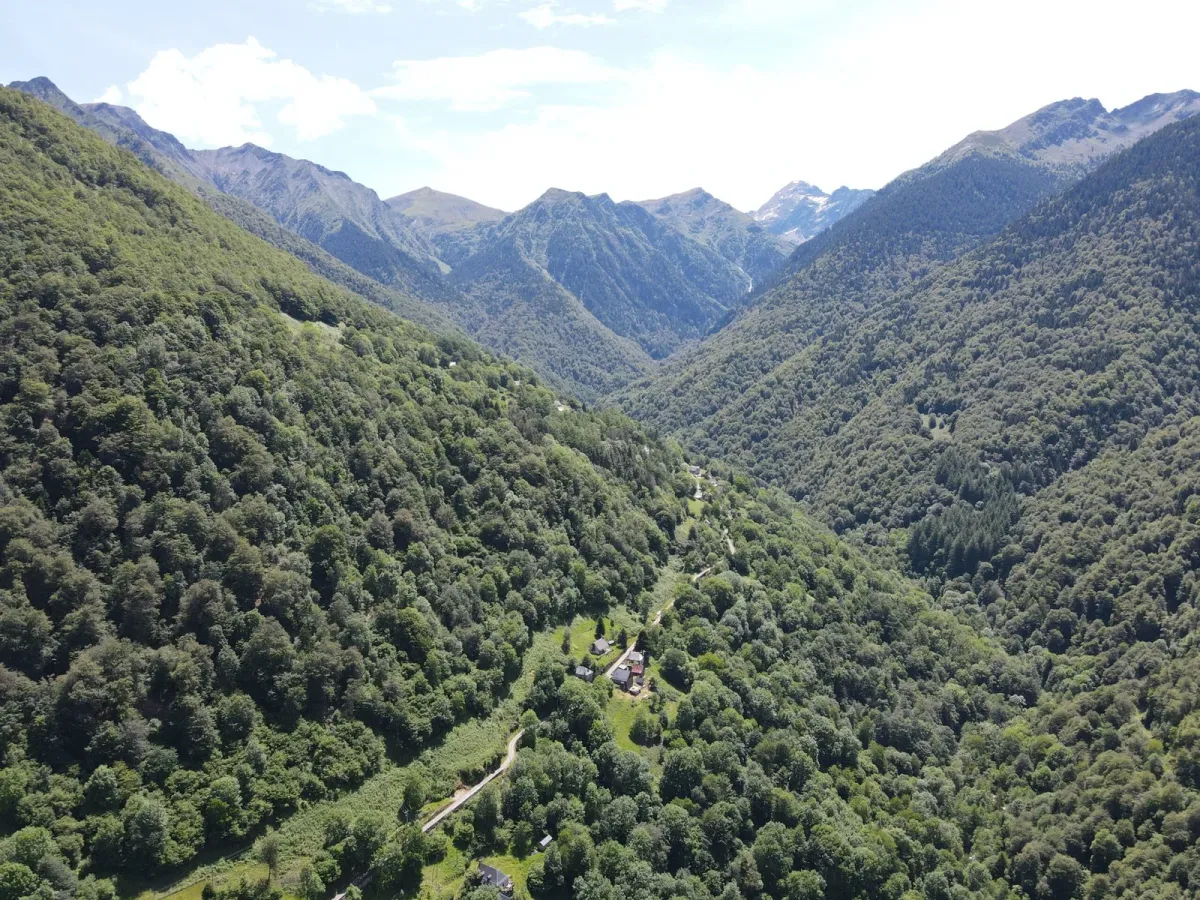

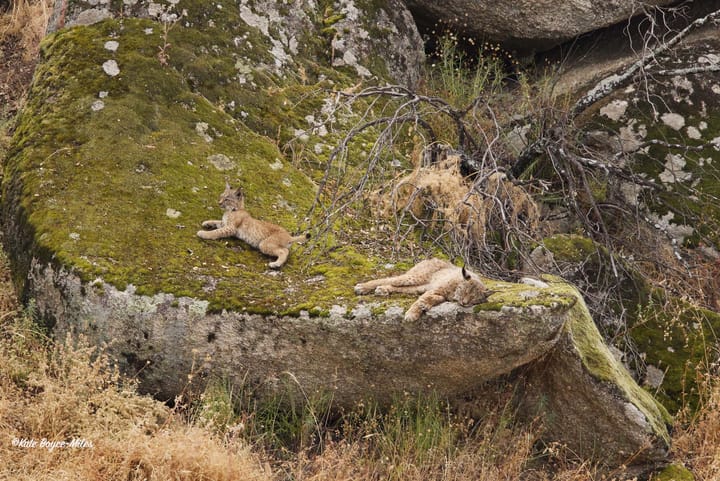
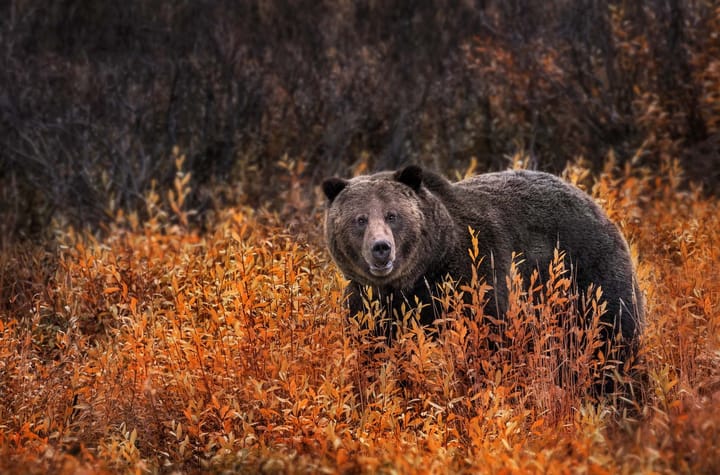



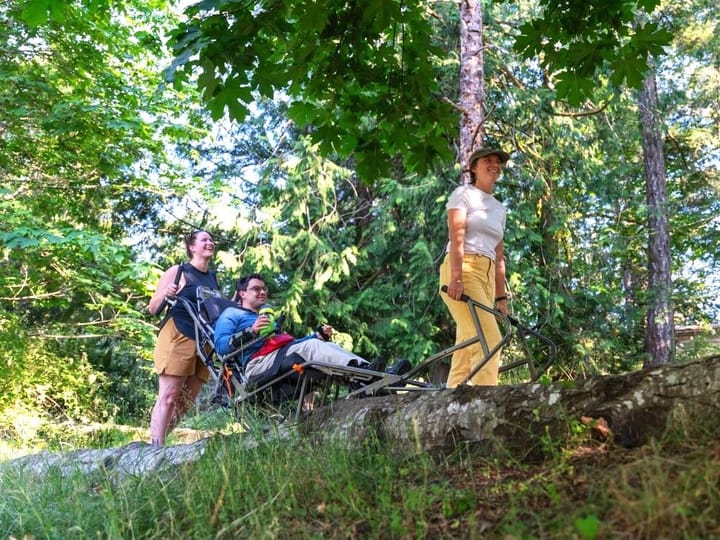



Comments ()